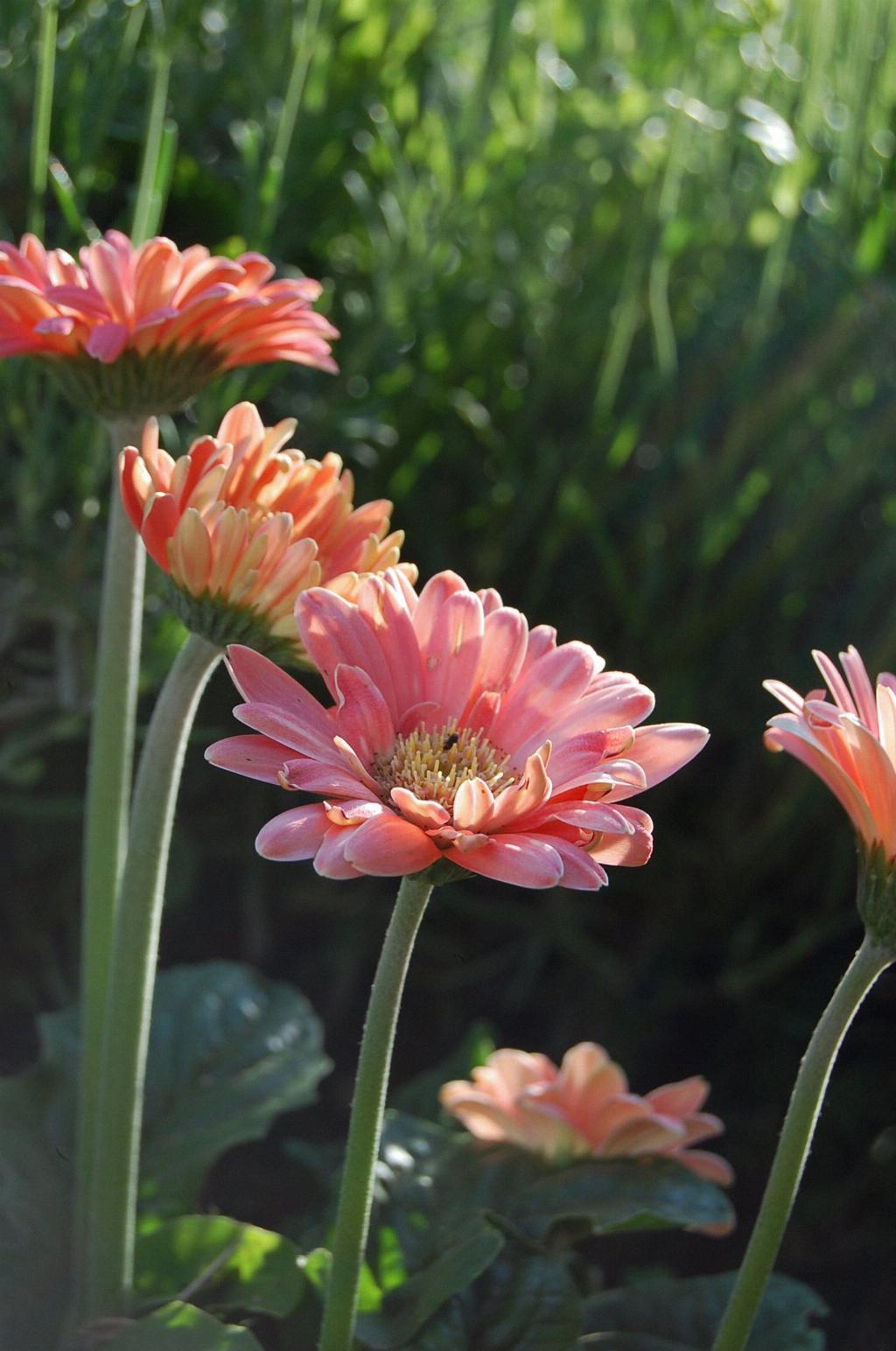When it comes to the beauty of your dahlia flowers, having them ravaged by pests can be disheartening. The first step in addressing this issue is to identify the culprits behind the damage. Some of the most common pests that have a penchant for these vibrant blooms include grasshoppers, thrips, tarnished plant bugs (TPB), cucumber beetles, and leafhoppers.
Grasshoppers: The Jumping Nuisances
Grasshoppers are notorious for their voracious appetites and can quickly decimate your dahlia plants if left unchecked. The damage caused by grasshoppers is often characterized by irregular holes in the leaves and flowers. To deter these jumping nuisances, consider using physical barriers or introducing natural predators like birds or beneficial insects.
Thrips: The Tiny Troublemakers
Thrips are small, slender insects that can cause significant damage to dahlia flowers by feeding on their tissues. Their presence is often indicated by silvery speckling or distorted growth on the plant. To combat thrips, regular monitoring and the application of insecticidal soap or neem oil can help control their population.
Tarnished Plant Bug (TPB): The Sneaky Predators
The tarnished plant bug is a common dahlia pest known for its piercing-sucking mouthparts, which can result in the wilting and distortion of plant tissues. Effective control measures for TPB include maintaining a clean garden environment, removing weeds, and using row covers to protect your dahlia plants.
Cucumber Beetles: The Bane of Dahlias
Cucumber beetles are another formidable foe for dahlia enthusiasts, as their feeding activity can lead to significant damage to the plant foliage. These beetles are often recognized by their striped or spotted appearance. To combat cucumber beetles, consider employing companion planting techniques and introducing natural predators like beneficial nematodes.
Leafhoppers: The Agile Intruders
Leafhoppers are agile insects that are capable of jumping from plant to plant, causing damage to dahlia leaves through their feeding activity. Symptoms of leafhopper infestation may include stippling or yellowing of foliage. To deter leafhoppers, maintain proper garden hygiene and consider using botanical insecticides as a last resort.
Implementing Organic Pest Control Methods
While chemical pesticides can be effective in managing dahlia pests, organic pest control methods offer a more sustainable and environmentally-friendly approach. Employing techniques such as handpicking, companion planting, and biological controls can help mitigate pest pressures while preserving the health of your dahlia plants.
Conclusion: Protecting Your Dahlia Delights
In conclusion, safeguarding your prized dahlia flowers against hungry pests requires vigilance and proactive management strategies. By staying informed about common dahlia pests and implementing organic pest control methods, you can enjoy a vibrant and pest-free garden full of stunning blooms.

